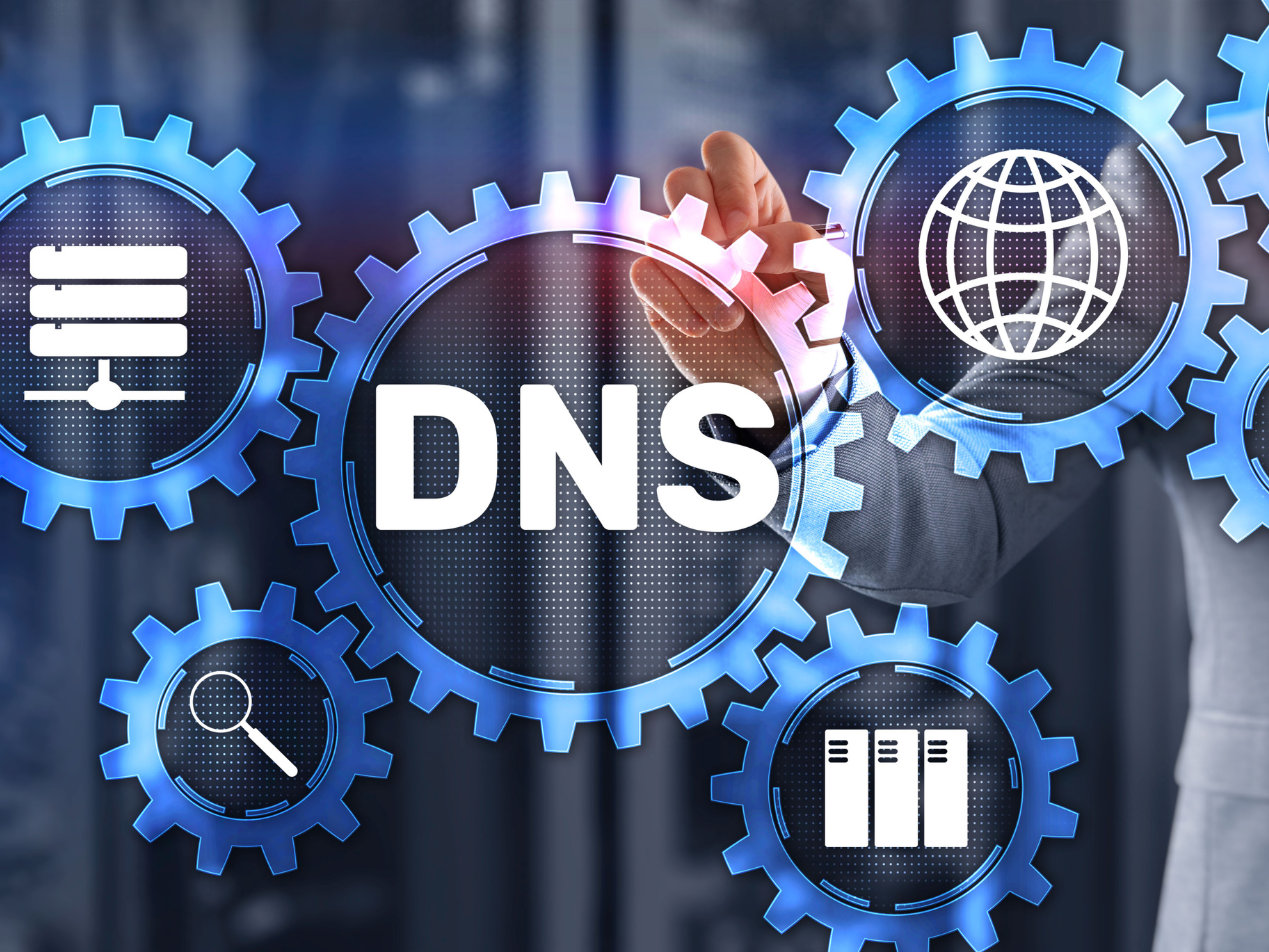
What is sandboxing?
Sandboxing is a technique for isolating a program or process so that it can run without affecting other parts of the system. It lets you run potentially untrusted or malicious code in a contained environment where you can monitor and analyze it without posing a risk to the rest of the system.
This can be useful for testing, debugging and analyzing software, as well as for protecting against security threats. You can implement sandboxing in various ways, depending on the desired level of isolation and the resources available. Some common methods include using virtual machines, containers or restricted user accounts.
Why use sandboxing?
There are several reasons why you might want to use sandboxing:
- Security: To protect your system from malicious software, you can run it in a sandbox to monitor and analyze it without affecting the rest of your system.
- Testing: Sandboxing can be useful for testing and debugging software. It allows you to run code in a controlled environment where you can observe its behavior and identify any issues.
- Analysis: Sandboxing can be used to analyze software. It works for reverse engineering or malware analysis, as it allows you to safely run code and examine its behavior.
- Development: Sandboxing can be helpful for software development. It allows you to experiment with new code and test it without worrying about breaking your system or other software.
- Isolation: Sandboxing can be used to isolate different processes or programs from each other. This can be useful for preventing conflicts or interference between them.
See more: What is URL sandboxing?
Who uses sandboxing?
Anyone who wants to run potentially untrusted or harmful code in a contained environment can use sandboxing. This can include individuals, organizations and governments. Some common users of sandboxing include:
- Security professionals: Sandboxing is often used by security professionals to analyze and test software for vulnerabilities or malicious behavior.
- Software developers: Sandboxing can be useful for software development. It allows developers to experiment with new code and test it without worrying about breaking their systems or other software.
- System administrators: Sandboxing can be used by system administrators to isolate different processes or programs from each other. This can be useful for preventing conflicts or interference between them.
- Users: Many modern operating systems include sandboxing features for users to protect their systems from potentially harmful software.
- Governments: Sandboxing helps governments analyze and test software for vulnerabilities or malicious behavior, as well as isolate sensitive systems from potential threats.
See more: What's the difference between heuristics and sandboxing in email security?
Sandboxing and HIPAA compliance
Sandboxing can be a useful tool for achieving Health Insurance Portability and Accountability Act (HIPAA) compliance. HIPAA is a U.S. law that establishes standards for the protection of sensitive medical information, known as protected health information (PHI). Sandboxing for healthcare IT can help isolate PHI from other parts of a system, which can help prevent unauthorized access or disclosure of information.
However, it's important to note that sandboxing alone is not sufficient for HIPAA compliance. In order to comply with HIPAA, an organization must implement a range of technical, physical and administrative safeguards to protect PHI.
Sandboxing is just one component of a broader HIPAA compliance strategy, rather than the sole means of protection. It's also important to ensure that you properly configure and maintain any sandboxes you use to handle PHI.
See more: Google's privacy sandbox and HIPAA
Subscribe to Paubox Weekly
Every Friday we'll bring you the most important news from Paubox. Our aim is to make you smarter, faster.





